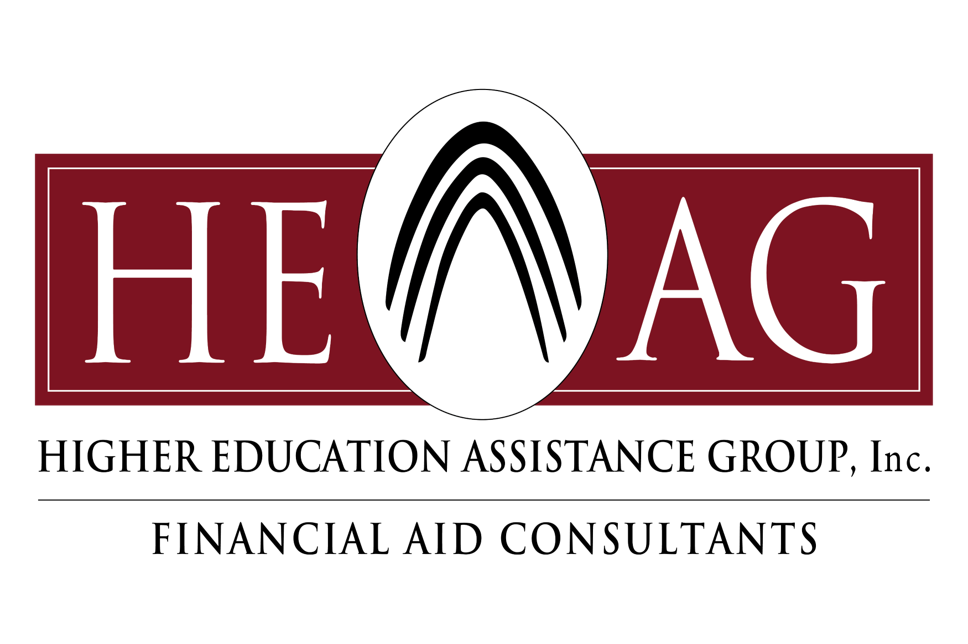The week of October 17th, 2016, the National Student Loan Database (NSLDS) generated and sent a report to the Student Aid Internet Gateway (SAIG) mailbox for schools that were required to report Gainful Employment (GE) data. These recently uploaded files contain the first draft of the “Gainful Employment Debtto-Earnings rates” for each GE eligible program at your school. We’ll take a closer look at what this means for your institution and how to analyze the data.
Regulatory Requirements and Data Collection
A GE program’s success is evaluated by computing its loan repayment rate and debtto-earnings ratios. These are determined annually, based on the federal fiscal year of October 1st through September 30th. A program satisfying the minimum standard for at least one of these measures is considered to be a successful one. What this does is evaluate the portion of the typical program completer’s most recent annual earnings or discretionary income that is eaten up by repayment of educational loans incurred to attend that specific program.
A program satisfies these measures if a typical completer’s annual loan payment represents no more than 12% of annual earnings or 30% of their discretionary income, using median loan debt and mean or median earnings.
Generally, students included in the debt-to-earnings ratios completed the school’s program during the 3rd or 4th fiscal year (FY) prior to the most recently completed FY. This is known as the “2YP”. For example, students included in a program’s FY12 ratios completed the school’s program during FY08 or FY09. If a program has 30 or fewer students who completed the program during the 2YP, the period is extended two years earlier (5th and 6th prior FYs) to include additional students who completed the program during a four-year period or “4YP”. For an FY12 rate, the 4YP would include FY06 – FY09. The 2YP and 4YP are adjusted for a medical or dental program with a required residency/internship. If the 2YP and 4YP include 30 or fewer students, the program is deemed to satisfy this measure.
Educational debt includes FFELP AND Direct Stafford along with Grad PLUS loans borrowed for the program and consolidation loans that include these, as well as private education loans and institutional financing debt which is the balance the student may have left school with that remains unpaid. Median loan debt is derived from information provided by the school and NSLDS data available to ED.
The Social Security Administration provides ED with mean and median earnings of completer cohorts. If ED cannot obtain earnings data for some program completers, computational adjustments are made. In certain limited circumstances, a school may provide alternative earnings data to calculate the ratios. Students with military-related loan deferments during the calendar year used for earnings data, as well as students who died or whose loans are dischargeable for total and permanent disability are excluded. Special rules govern attribution or exclusion of debt for students attending multiple programs or schools.
Definitions
There is a mathematical formula that goes into the data:
Earnings rate = Annual loan payment / Mean or median annual earnings
Discretionary income rate = Annual loan payment / Mean or median discretionary income
This newly released data determines if a GE program does an adequate job of preparing students for gainful employment in a recognized occupation by comparing a program’s debt and income levels for those that finished the specific program. Debt-to-Earnings (D/E) evaluates the amount of debt (or tuition, fees, books, equipment, and supplies costs if that total is lower) that students who completed a GE program incurred to attend the GE program in comparison to those same student’s discretionary and annual earnings after completing the program. Once the D/E calculation has been completed, schools receive a rate for each GE program with at least 30 students in the cohort.
There are three possible outcomes: Passing, Zone, or Failing. Several rates are calculated and can be viewed on NSLDSFAP – D/E Annual, D/E Discretionary, Transitional D/E Annual, and Transitional D/E Discretionary. All programs with a qualifying number of students receive an “annual rate” and “discretionary rate”. The Transitional Draft rates are calculated when the program was Failing, or in the zone. All rates are available for viewing on the NSLDSFAP web site, and are distributed via letter to the school’s designated SAIG mailbox.
Challenge Period
Schools will be given 45 days to challenge any of the loan data included in the GE debt measures. The period does not begin until the challenge process is available on the NSLDS Professional Access website. ED expects that the process will be available shortly now that the D/E drafts have been released. It is recommended that schools begin using the time after the drafts were released to analyze the data via the backup file.
There may be evidence that the student was enrolled in another program at the same time, or that the student had a deferment or loan status that might have made the student excludable. These relationships can all be identified by data provided in the file.
The specific fields in the backup data that can be challenged are located in the “GE Debt Measures Backup Data Program Loan record”. Fields in that record (and their starting and ending positions) that should be reviewed carefully are:
• Direct Loans – The Award ID is the unique identifier for the loan in the Common Origination and Disbursement (COD) System and in NSLDS.
• Federally-serviced FFEL Loans are identified by current GA/ED Servicer field being between “500” and “583” (position 274-276). The Award ID is the unique identifier for the loan on NSLDS
• Commercially-serviced FFEL Loans are identified by current GA/ED Servicer field being between “700” and “951” (position 274-276). Unique loans are identified by the combination of all of the Loan Identifiers fields.
Conclusion
There is a lot of new information to digest, especially if your school has multiple, eligible GE programs. Included below are many of the sources for which this article was put together to help assist with understanding terminology and the processes that go into analyzing the data that was released. Please click on any of the links provided for even more detailed information related to the new and often complex data.
HEAG is always here to help you understand new and complex federal procedures to decipher results that are relevant to you and your programs. Please contact Executive Director, Colleen King, at cking@heag.us or via phone at 617-928-1975 for more information on how we can assist you.
Sources:
https://ifap.ed.gov/GainfulEmploymentOperationsManual/attachments/05Explanati onOfDebtMeasures.pdf
https://ifap.ed.gov/eannouncements/101316GEEA92UpcomingDraftDERatesDistri bution.html
https://ifap.ed.gov/nsldsmaterials/attachments/ NSLDSGainfulEmploymentUserGuide.pdf
https://www.tgslc.org/pdf/GE-Debt-to-Earnings-Ratios.pdf
https://ifap.ed.gov/GainfulEmploymentInfo/attachments/ DocumentationChallengesDraftDERates.pdf






